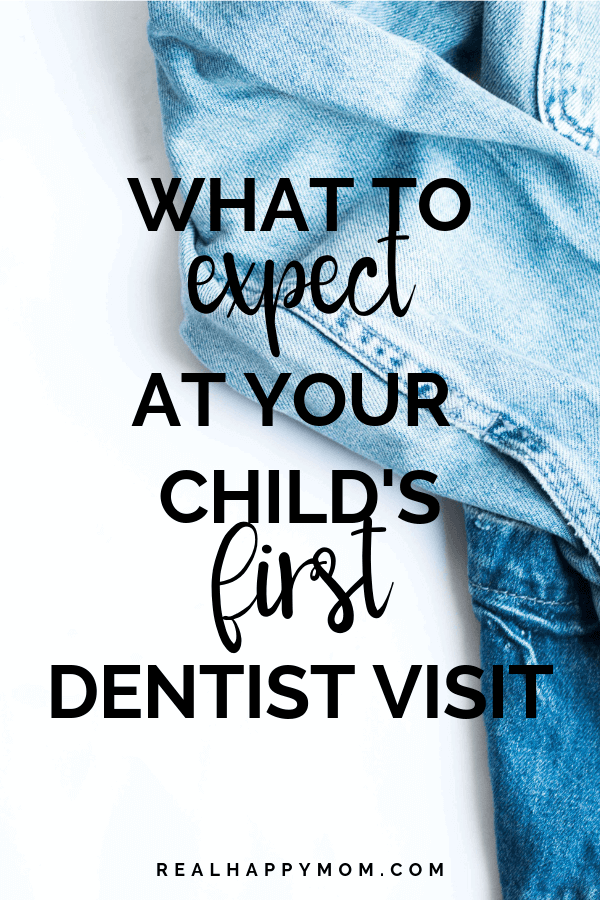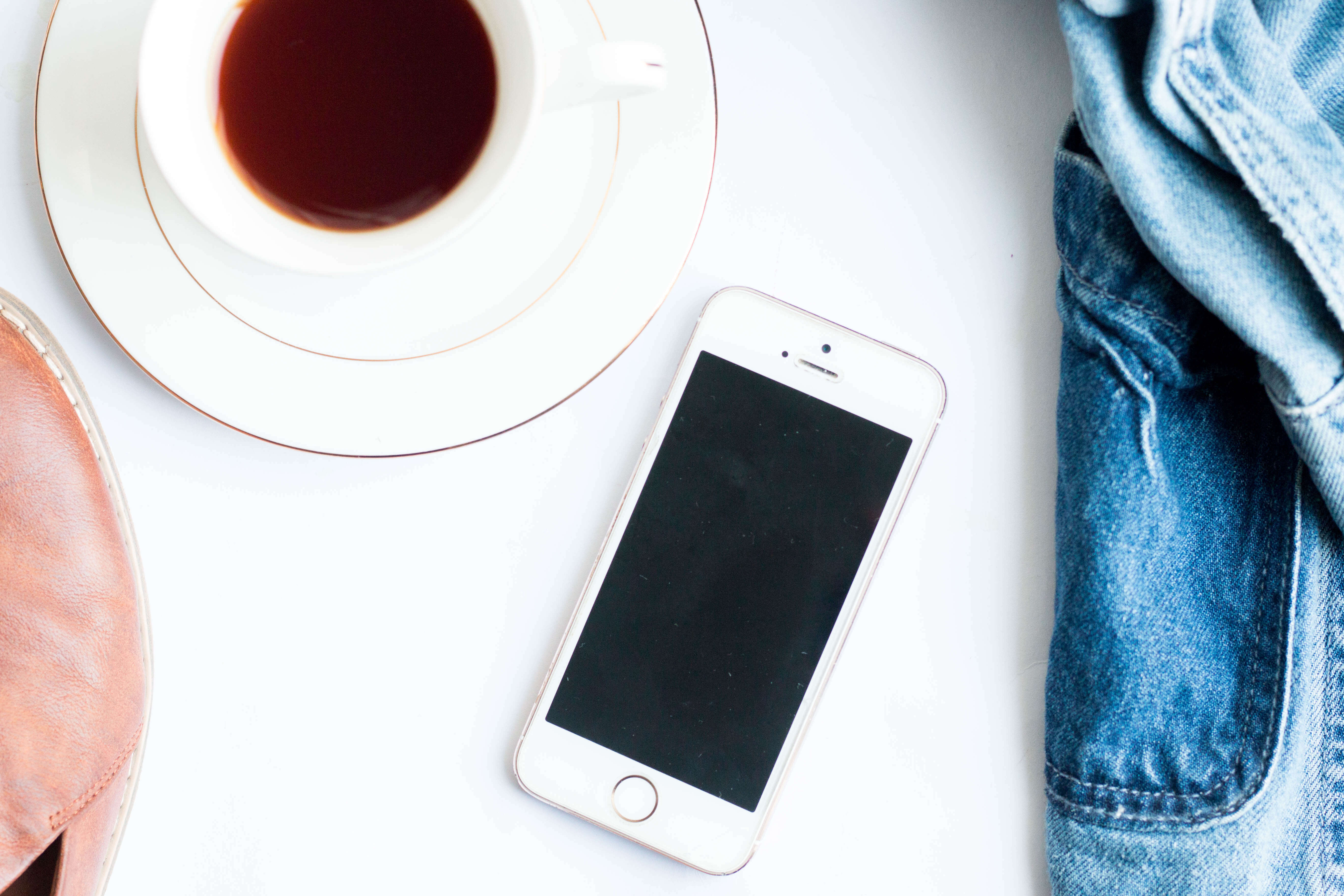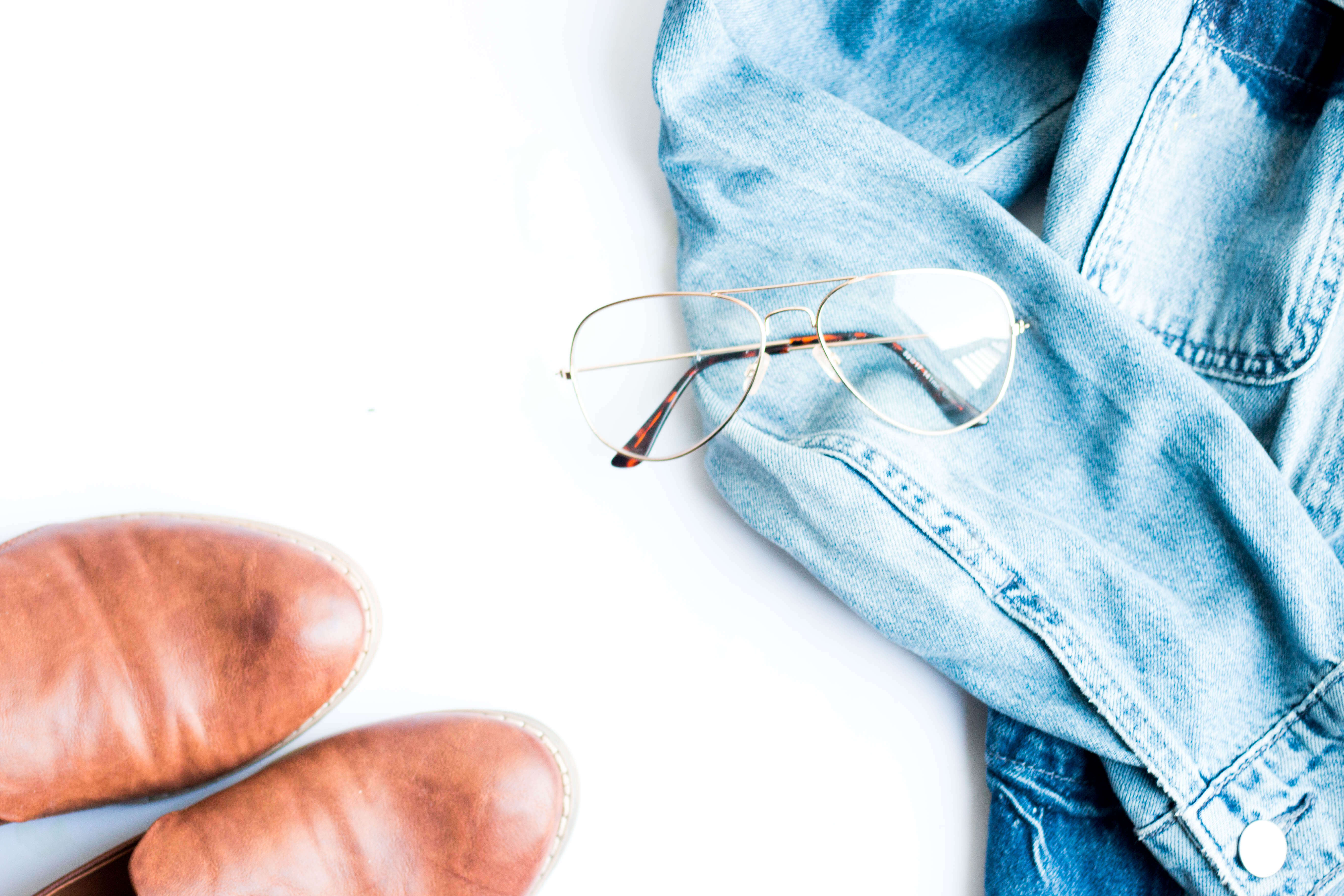The day has come that you take your child in for their first dentist visit. I know that you may be a little concerned about how your little one will behave.
Your child may surprise you. Let me help guide you on what to expect for this very first visit.

First things first. Let’s address what age kids should have their first visit.
The American Academy of Pediatric Dentistry recommends children have their first visit when their first tooth comes in or by their first birthday.
And a lot sooner than most parents expect. I know. It’s really early.
Why do kids need to have their first visit so early?
More and more young children are getting cavities due to the wonderful diet high in carbs and sugars. Carbs and sugars are what the cavity-causing bacteria love.
The bacteria that causes cavities enjoy the crackers and juice just as much as the kids. When they are done eating, they spread acid on the teeth that lead to cavities.
In addition, some little ones are left to fall asleep with bottles which lead to baby bottle rot.
I have seen kids as young as 12 months with cavities!
It is very important to make sure that we catch cavities and other oral diseases early.
Also, getting your child use to coming to the dentist office will allow them to grow up without any fear of the dentist.

What is the first dentist visit include?
The first dental visit for a toddler is similar to a well baby check at the pediatrician.
The dentist or hygienist will:
- review your child’s medical history
- review any concerns you may have about your child’s teeth
- talk to you about your child’s overall development
- review any habits that can be a detriment to your child’s teeth (like sucking thumb or fingers)
- talk to you about your child’s bite
[clickToTweet tweet=”The first dental visit is similar to a well baby check at the pediatrician.” quote=”The first dental visit is similar to a well baby check at the pediatrician.”]
Knee to knee exam
Typically for infants and toddlers, the exam is done knee to knee. This is the easiest way for you and the dentist to take a look and you help by holding your child’s hands.
The dentist will sit in a chair in front of you with their knees next to yours. You will hold your child with their legs behind you.
When the dentist is ready, they will ask you to lean your child back in your lap. Your child’s head will usually be on or be getting close to the dentist’s knees.
Most time kids cry and it is okay. This is actually a good thing because they usually open up pretty wide so that the dentist can see everything quickly.

What is the dentist looking at when doing the exam?
These are some of the key things that the dentist is checking during the examination:
Soft tissue
Checking areas like the cheeks and tongue for no abnormalities.
Teeth
Checking for cavities, which teeth are present and also making sure that all of the teeth are developing with no delays.
Head and neck
Checking to make sure that there are no abnormalities in the head and neck area.
[clickToTweet tweet=”At the first dentist visit, the dentist is checking more than your child’s teeth.” quote=”At the first dentist visit, the dentist is checking more than your child’s teeth.”]
The dentist or hygienist may clean their teeth depending on the age and how cooperative they are. With your consent, they will also place fluoride on your child’s teeth.
What is fluoride?
Fluoride is a mineral found in nature that helps rebuild weakened enamel and reverse early signs of cavities.
How does this help if my child has no cavities?
Every day your mouth produces plaque. Plaque harbors tons of the cavity-causing bacteria that like to spray acid on teeth after they are done eating. Every day your teeth are attacked by the acid from the bacteria.
Fluoride is helpful in remineralizing teeth or rebuilding the areas attacked by acid. Also, fluoride helps teeth to be more resistant to the acid attacks that cause cavities.

Before you leave the dentist or hygienist will let you know:
- what areas need improvement when brushing
- any follow up treatment needed due to cavities
- what you can do at home to help keep your child’s teeth clean
- if your child has any developmental issues, increase chances for cavities, or potential issues with their bite
The best part is your child will get a prize at the end of the visit! This is always the best part for the kids.
I hope that your child has a great first visit!
